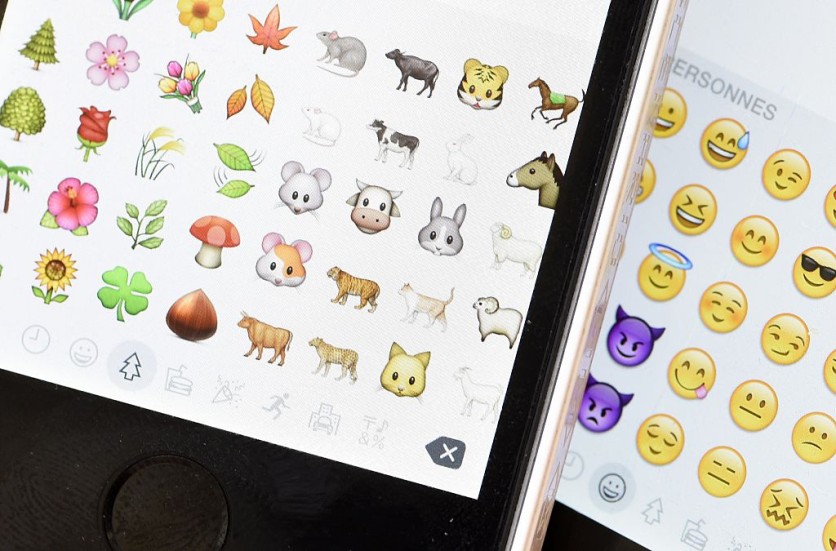July 17 is World Emoji Day. According to National Today, this annual unofficial holiday validates our obsession with these cute graphic icons. Due to emojis, communication has expanded far beyond sending a simple, plain text message.
Look at your social media feeds or text messages - how many smiley faces, hearts, avocados, and unicorns did you see? These well-known small images from Japan, called emojis, are now more popular online than ever. But how did it start? Who invented the emojis?

How Did the Emojis Start?
According to some reports, The New York Times is responsible for the first use of an emoticon. In 2004, a team was assigned to develop a student-oriented edition of historical newspapers.
The New York Times reported that they assembled a group of editors who meticulously searched through the archives of publications such as TNYT, The Los Angeles Times, The Wall Street Journal, The Washington Post, and more.
While gathering 5,000 articles that would arrive with the American history curriculum, they unexpectedly came across an article containing former President Abraham Lincoln's 1862 speech transcription.
Byran Benilous, who works at Proquest, found ";)" after the word laughter, which confused him as emoticons were still not invented back then. While this sounds and looks clever, this could also be a typo error.
Carnegie Mellon professor Scott E. Fahlman stated, "I can't imagine an editor putting that in and meaning, 'Ha ha,' trying to emphasize what Lincoln had said. That goes beyond the bounds of editorial comment in a piece of reporting like this."
But American Antiquarian Society newspaper curator Vincent Golden argued that the linotype machine (allowed keyboards to assembly type) was not introduced until the 1880s, which means that he would have had to pick up the semicolon manually and set it in the line. He has a gut feeling that it was not a typo.
Creating the First Emoji
All of these reports remain unconfirmed. However, CNN reported that one person from Japan created the first emoji in 1999, working within a grid measuring 12 by 12 pixels. His name is Shigetaka Kurita, which found inspiration in pictograms, manga, and other sources in creating an emoji.
The term "emoji" is reportedly derived from the Japanese words 絵 or e, which means picture, 文 or mo, which means write, and 字 or ji, which means character. The Japanese writing system that heavily relies on Chinese ideograms, known as "kanji," already possesses a highly visual nature.
The creator's purpose in creating emojis was to ease communication on a nascent mobile internet system of Japanese telecom giant NTT DoCoMo. While the system offered emails, people were restricted to 250 characters only, and emojis helped people to say more in a limited space.
Related Article : Apple's World Emoji Day Celebration Has New Emojis Heading To iOS, macOS, And watchOS Devices

ⓒ 2026 TECHTIMES.com All rights reserved. Do not reproduce without permission.




